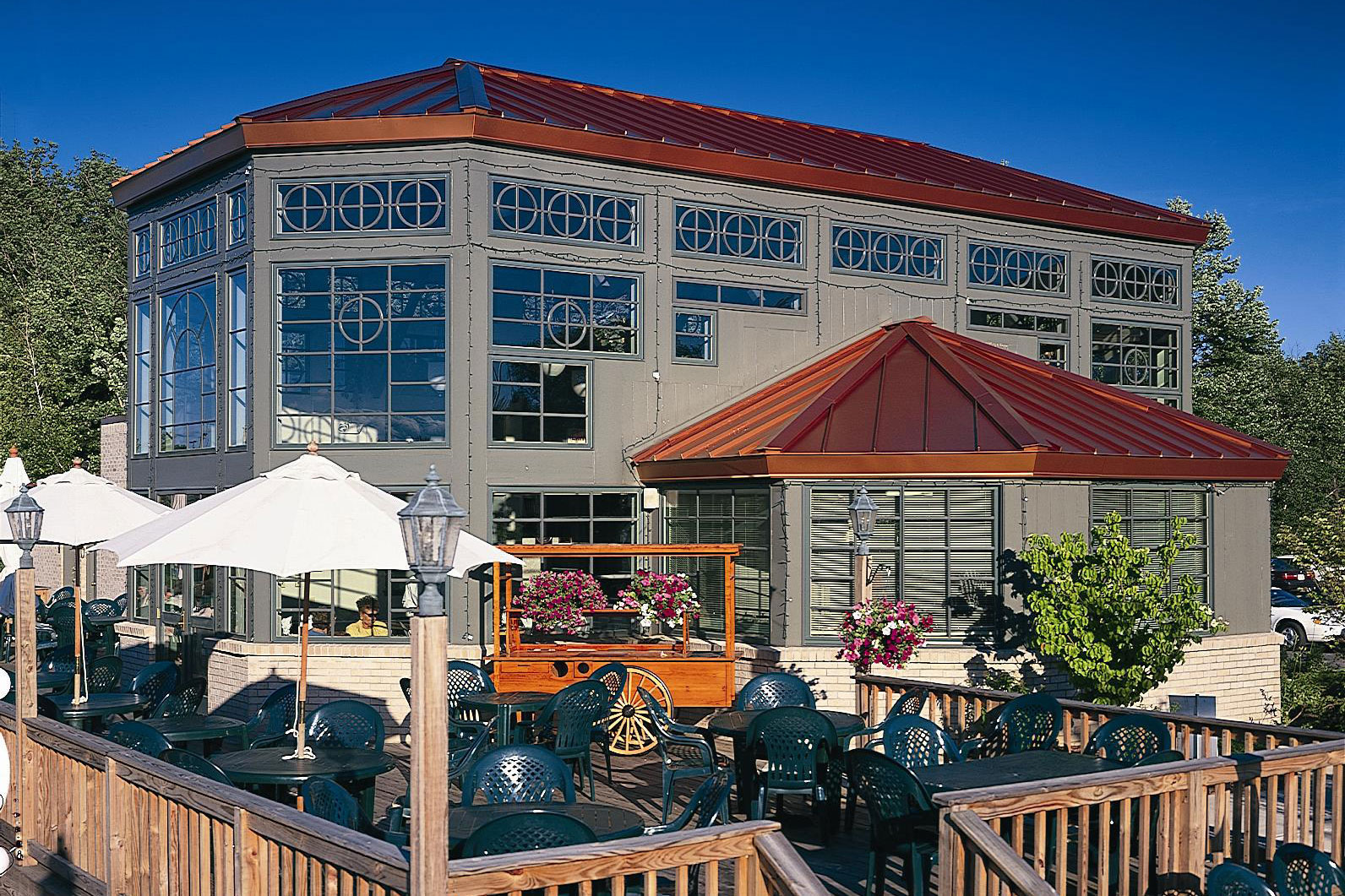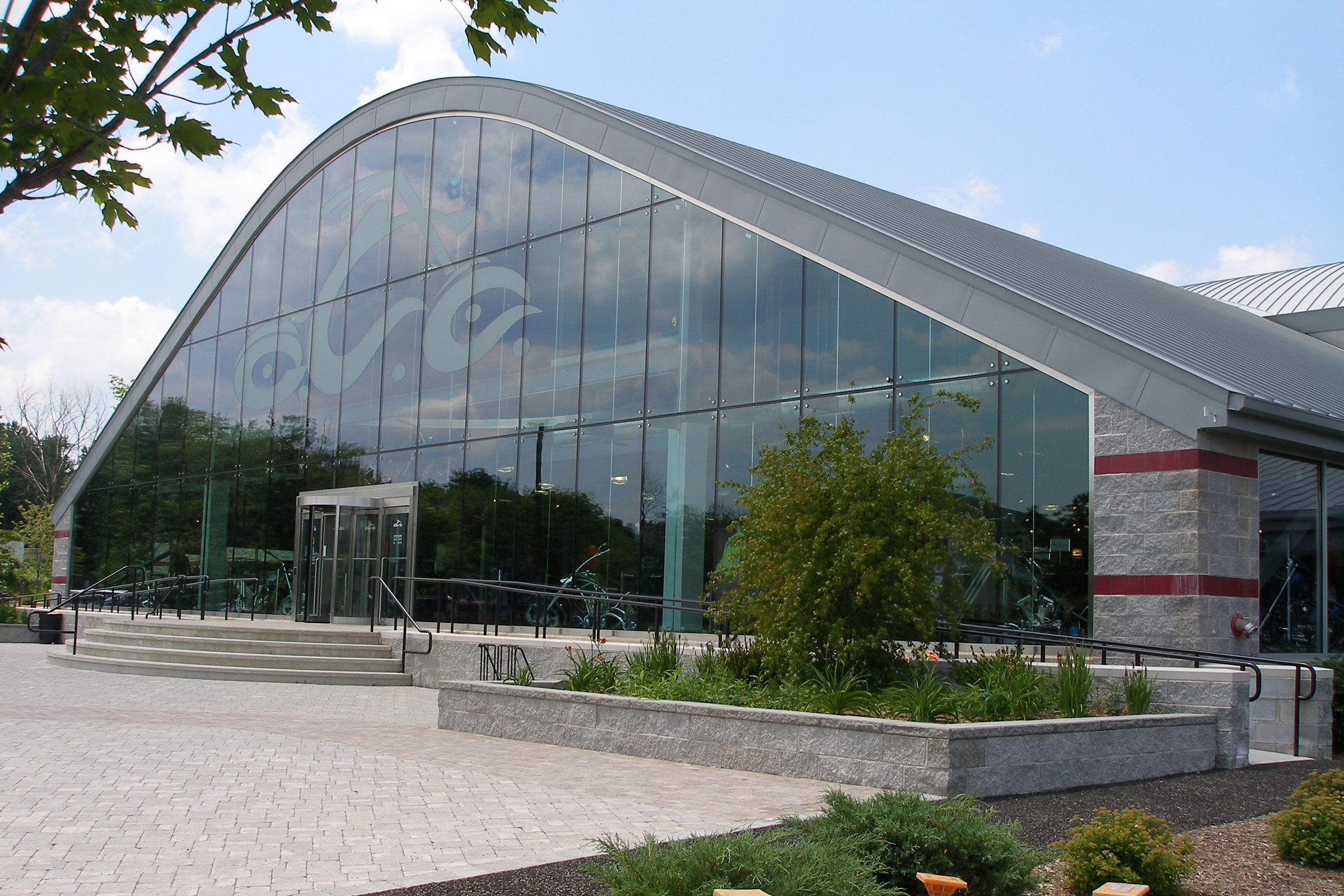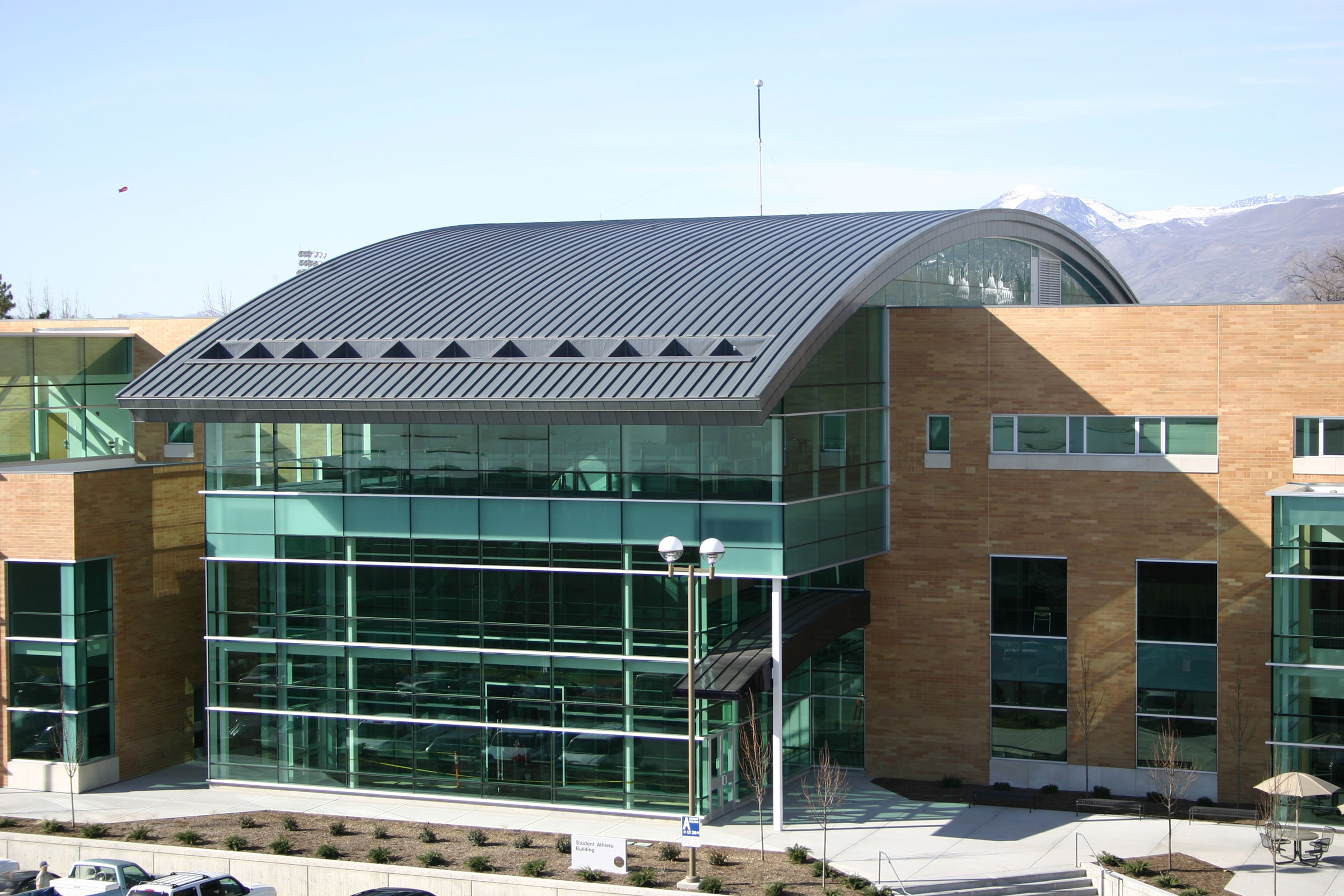Story at a glance:
- Metal has a long and varied history across industries all over the globe.
- The World’s Fair showed off innovative model homes that incorporated metal.
- Metal roofing continues to evolve with advances in alloys, coatings, and concealed fasteners.
Metal has unique properties that separate it from other material choices. For more than three millennia metal has been a durable, aesthetically appealing design element used for significant buildings. No substance has been as important as metal in the story of man’s control of his environment.
The Evolution of Metal

Photo courtesy of Englert
So important was the metal in human development that it gave birth to the Copper Age, today better known as the Chalcolithic. Man first used copper more than 10,000 years ago. For nearly five millennia copper was the only metal known to man, and so it had all the applications.
The Romans were the first to use metal as a primary building material. The Pantheon in Rome is known as one of the few surviving buildings from the Roman age where copper was used as a roof covering.
Bronze
Bronze artistic works have been created for centuries. It was initially cast for tools and weapons where the attributes of lightweight, hardness, and sharpness were beneficial. Not only could it be cast in varying degrees of hardness, but its lifespan could be extended by melting it for recycling after its original purpose had been served. This led to the dawn of the Bronze Age, as casting techniques developed. Today bronze is often used in sculptures for its excellent casting qualities. In architecture it can be regularly found in hardware, doors, entrances, fountains, handrails, column cladding, and architectural details like plaques, medallions, and panels. Structurally, metal began to replace wood and stone with the application of cast iron near the 19th century.
Steel
Evidence of steel tools dates back 4,000 years, but the alloy was not mass-produced until the invention of the Bessemer process in the 1850s. This technique was utilized for creating steel using molten pig iron. Steel then exploded into one of the biggest industries on the planet and was used in creating everything from bridges and railroads to skyscrapers and engines. It proved particularly influential in North America, where massive iron ore deposits helped the US become one of the world’s biggest economies. While early human societies extensively used copper, stone, bronze, and iron, steel fueled the Industrial Revolution and built modern cities.
Aluminum
While aluminum, in general, is a recent discovery, its compounds have been shared in various industries throughout history. A precursor to Alum (aluminum potassium sulfate) was best known as a dye fixer, first developed in Egypt more than 5,000 years ago, and clays containing aluminum silicates appear to have been favored by contemporary Persian potters for their strength.
In 1854 Henri Étienne Sainte-Claire Deville—a physician turned metallurgist—succeeded in obtaining metallic aluminum and ultimately devised a method to prepare metal on a large scale.
Aluminum development changed with the discovery of a more cost-efficient electrolytic production method in 1886. This new method was developed concurrently by Paul Héroult, a French engineer and inventor, and Charles Hall, a student at Oberlin College. This process has come to be known as the Hall-Héroult process.
Aluminum and its alloys have entirely revolutionized the world in which we live. It is everywhere, from cooking utensils to pyrotechnic powders to the heat sinks of your CPU. Due to its lightweight, non-corrosive nature and excellent mechanical properties, it has made air and space travel a reality, too.
A History of Metal Roofing

Photo courtesy of Englert
The introduction of corrugated metal roofing in the late 19th century became a welcome economical, fire-resistant roofing option. Henry Robinson Palmer was a British civil engineer and inventor who patented the corrugated iron and galvanization in 1829, working as an architect and engineer for the London Dock Company. He is credited for the invention of corrugated metal roofing—still one of the world’s primary building materials.
Palmer’s invention completely broke with precedent and tapped into another level of thinking. The sinusoidal corrugations Palmer imagined as the means to impart strength to his sheets of wrought iron have continued virtually unchanged for close to two centuries. Corrugated panels became specifically applicable when building prefabricated structures.
Additionally, the material was touted for its corrosion resistance and strength. Around the 1890s wrought iron was replaced with steel. Metal dramatically shaped society in the 20th century. “In architecture, as in the daily lives of consumers, metals and modernity were inseparable. Modernist preoccupations with the skeletal frame and the curtain wall generated the free plan, ideas of universal space, and experimentation with mass-produced buildings,” wrote architect and writer Annette LeCuyer.
Today corrugation is made through a process called roll forming. Sheet metal is rolled through dies that form the desired corrugation in the metal.
Armco Steel Corp introduced the first standing seam metal roof at the Chicago World’s Fair in May 1933. There model houses featured modern materials and building methods. All utilized new design, construction, and prefabrication techniques to bring the out-of-date housing industry in line with more efficient manufacturing practices like those used by the auto industry.
Metal roofing continues to evolve with technological advances in alloys, coatings, and concealed fasteners that accommodate thermal movement. Inheriting the legacy of the past, metal remains a material of choice for some of the most demanding architectural applications. The most recent emerging technologies and their creative implementation show how they are being applied to affect architectural design.
Sustainability

This BYU sports facility has a curved metal roof. Photo courtesy of Englert
Metal as a building material has many sustainability attributes. The greater longevity of metal is one benefit associated with sustainability. Most metals exhibit no degradation over time. This means metal components will perform on buildings for decades with little maintenance or need to replace.
This durability allows the metal to withstand the climate and harsh weather conditions, too. While other materials can be easily damaged, metal components can hold a structure together and maintain water tightness through the increasingly extreme weather events seen today like hailstorms and hurricanes, especially when it comes to metal roofing.
Their recyclability is known mainly by those who promulgate the embodied energy of recycled metals. At the end of its useful life, metal is also an inherently long-lasting material. This means metal components will perform on buildings for decades with little maintenance or need to replace. The advantages of metal building products with recycled content are well known and will continue to encourage its consumption to create newer and challenging designs.


